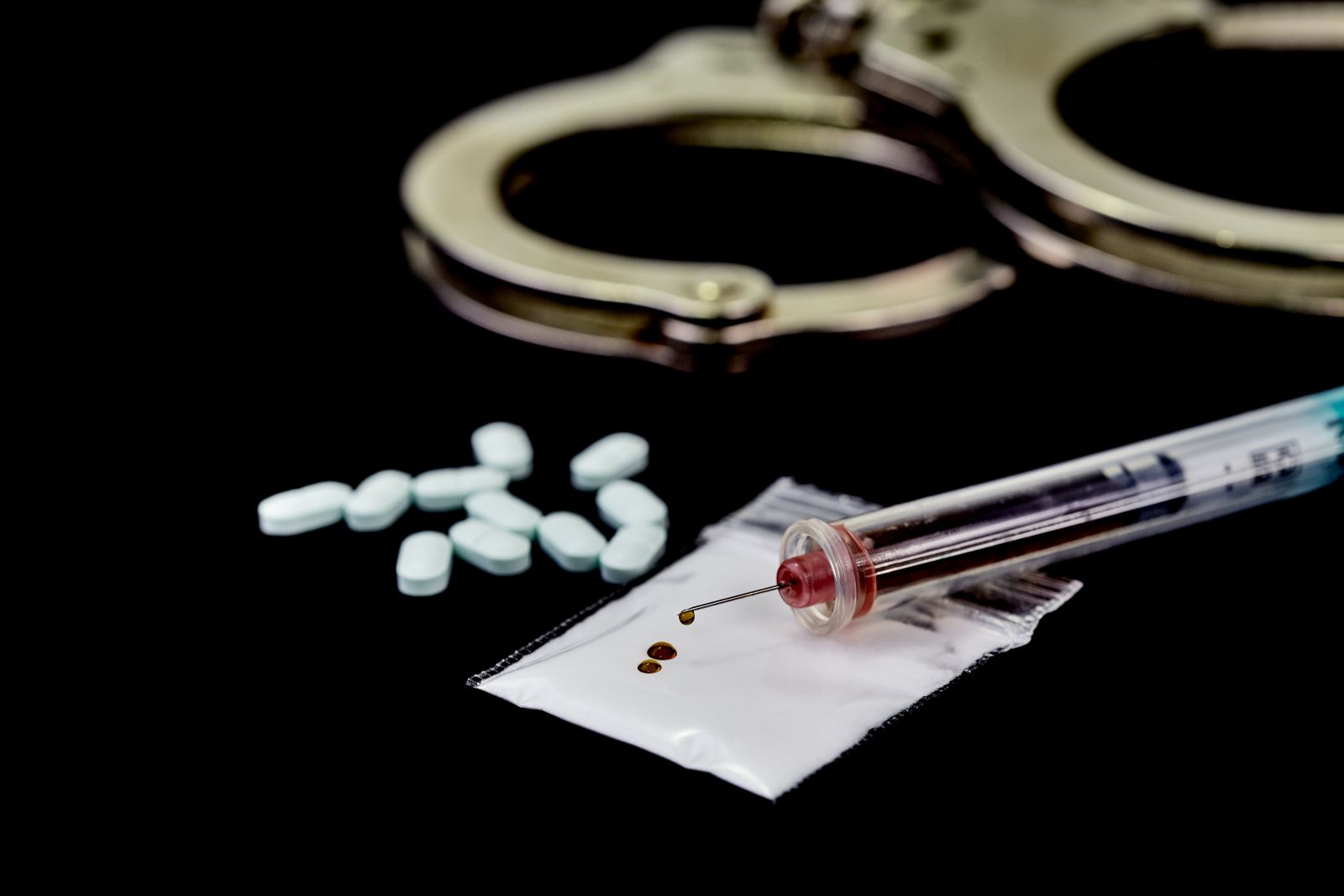Introduction
For thousands of years, plant-based drugs (eg, cannabis, opium, peyote cactus, psilocybin mushrooms) have been self-administered as “home remedies” to alleviate fatigue, aches, pains and other ailments. They were eaten, drunk, rubbed on the skin, or inhaled. Some of these “remedies” were found to produce effects of euphoria, mind-altering, exaltation and trance-like states and were hence misused and abused for these desirable effects. Motivated by the insatiable desire to achieve “bigger and better” highs, people began to extract and concentrate the psychoactive chemicals in these natural materials to increase their potency. With the discovery of distillation, alcohol was likely the first drug to have its potency increased. Over time, chemists discovered synthetic pathways and new potent derivatives for most drugs, and clandestine factories began illicit mass production for drug trafficking purposes.
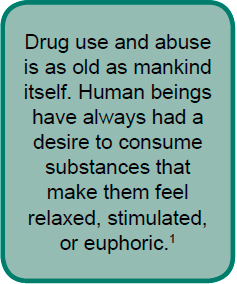

What are Controlled Drugs?
The 1970s saw the introduction of a most sought-after drug in the world – heroin. From 1973 to 1975, Singapore experienced an exponential 200-fold increase in the number of heroin addicts.2 The Misuse of Drugs Act (“MDA”) (Chapter 185) was enacted on 16 February 1973 to combat this growing threat to national security.
According to the Act, “controlled drugs are any substance or product which is for the time being specified in Part I, II or III of the First Schedule of the Act or anything that contains any such substance or product”. The possession, consumption, manufacturing, import, export, or trafficking of controlled drugs in any amount are illegal. Persons caught with less than the Mandatory Death Penalty amounts face penalties ranging from caning (up to 24 strokes) to life imprisonment. Some commonly encountered controlled drugs in the MDA are listed in Table 1.
Table 1: Common Controlled Drugs4 in the MDA
Table 1: Common Controlled Drugs4 in the MDA
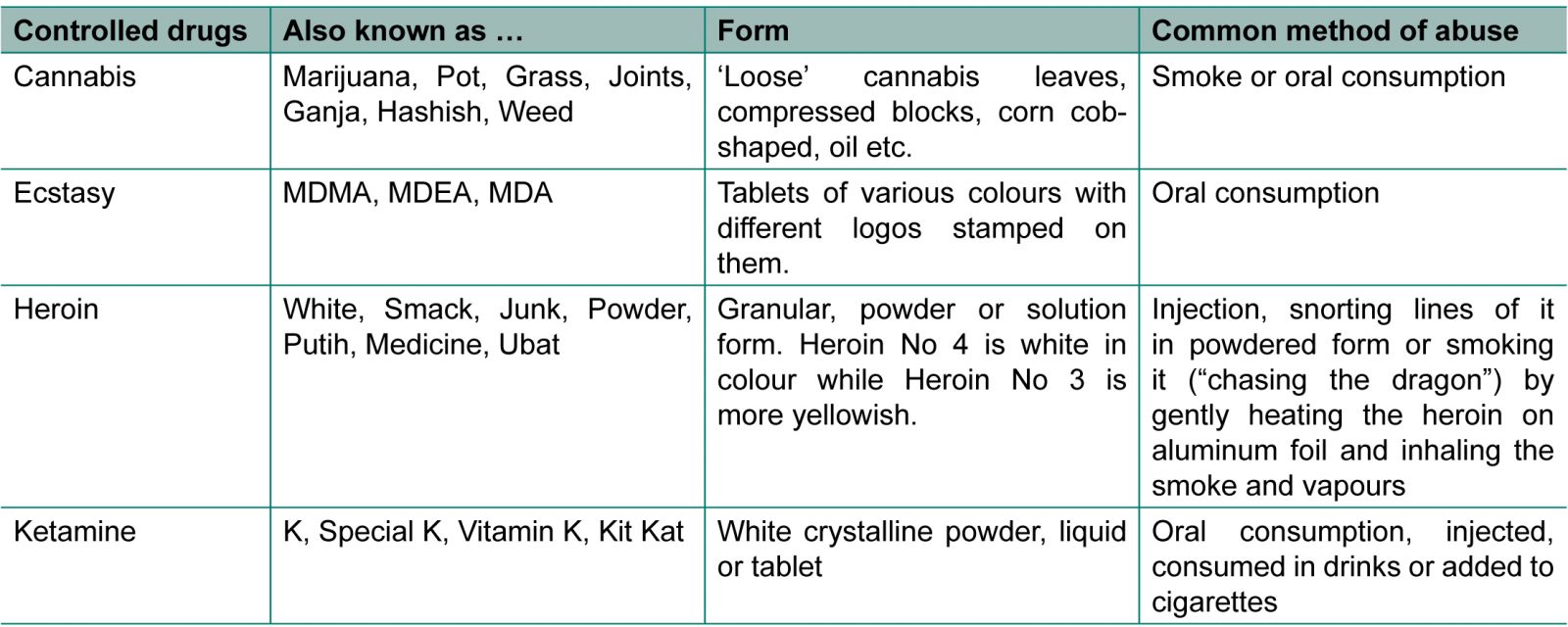

MDMA: Methylenedioxy-methamphetamine, MDEA: Methylenedioxy-ethylamphetamine, MDA: Methylenedioxy-amphetamine
The Central Narcotics Bureau’s press release on 15 February 2016 revealed that the two most commonly abused drugs in Singapore were methamphetamine (MA) and heroin. About 93 per cent of all arrested drugs abusers had abused one or the other. For new drug abusers, MA and cannabis were most commonly abused.3
In recent years, the rapidly emerging use of new psychoactive substances (“NPS”), also known as “designer drugs”, “legal highs”, “herbal highs” and “bath salts” have drawn global concern. Falling outside international drug control conventions, these substances mimic the effects of illicit drugs and are purported as “legal” alternatives. They are produced by slightly modifying the chemical structure of controlled substances to circumvent drug controls. Examples of NPS include the family of piperazines (eg, 1-benzylpiperazine, BZP and 1-(3-trifluoromethylphenyl) piperazine, TFMPP) and synthetic cathinones (eg, mephedrone). NPS were added to the list of Class A controlled drugs in the First Schedule of the MDA on 1 May 2014.
Key Concepts in Controlled Drugs Analysis
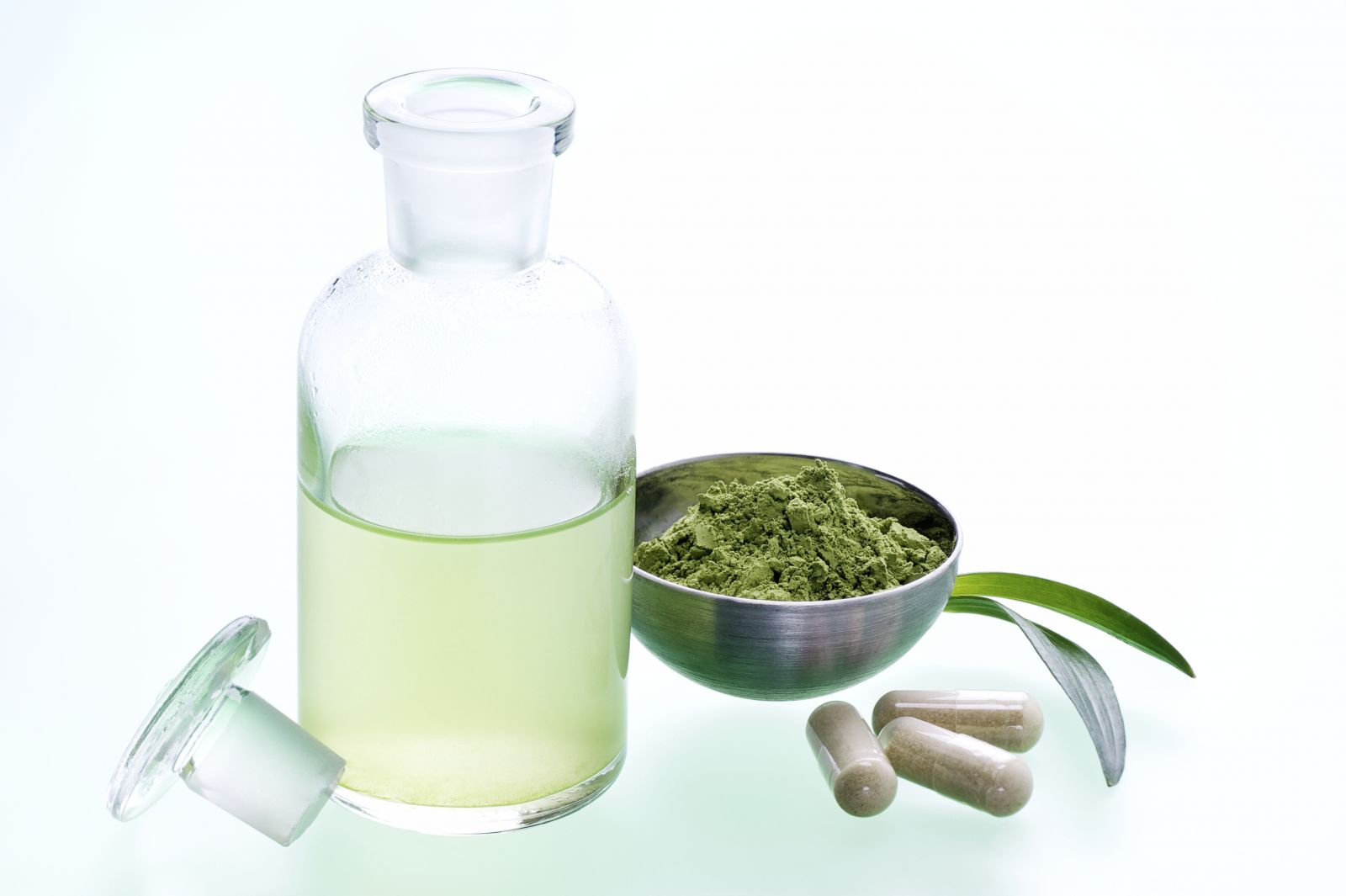
This section highlights some of the key concepts in controlled drugs analysis.
Sampling: Owing to possibly large quantities of samples seized from drug traffickers, it is often impractical to analyse all the items within a submitted exhibit. Laboratories typically adopt a sampling strategy which minimises the number of required analytical determinations, while assuring that all relevant legal and scientific requirements are met. Refer to Figure 1 for the sampling scheme, which involves three essential parts:
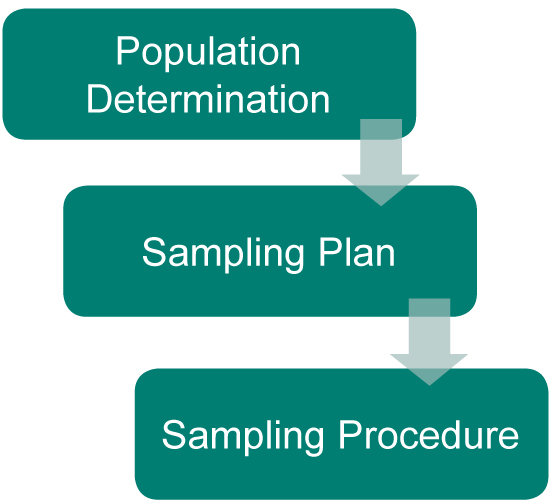
Figure 1: Sampling Scheme

Figure 1: Sampling Scheme
1. Population determination: A population consists of a single unit (eg, loose tablets) or multiple units (eg, loose tablets and blister packs with tablets). Samples from a case are grouped according to visual similarities (appearance) eg, size, shape, colour, packaging in order to determine the overall population.
2. Sampling plan: Statistical sampling plans such as hypergeometric sampling or Bayesian approach are applicable when all the items within the exhibit are the same (homogeneous). They are used to draw inferences about the whole population in the exhibit from a selected sample size, eg extrapolating the total net weight of active material (purity of the controlled drug) in the population from the lower weight of the analysed sample. The traditional square root sampling plan used by most laboratories in the past has been abandoned as it is not statistical, and the level of confidence cannot be expressed.
3. Sampling procedure: Random sampling is usually used to select the samples from a population for analysis. Details about the amount of sample(s) to be sampled, locations from which to take the sample(s), and a method to ensure homogeneity are defined in the sampling procedure.
Accreditation bodies and scientific working groups have policies regarding the documentation and reporting requirements for drug cases involving the use of a sampling plan. Inferences drawn from the application of the sampling plan and subsequent analyses are to be documented. The American Society of Crime Laboratory Directors/Laboratory Accreditation Board (“ASCLD/LAB”) states that “information about the sampling plan, including the confidence levels and corresponding inferences of the populations must be stated in the report or an attachment to the report”.5 Note: Confidence level refers to the percentage of all possible samples that can be expected to encompass the true value.
Estimating the uncertainty of measurement: The estimated uncertainty of measurement is required whenever numerical values are reported for (1) the quantity (net weight or volume) of controlled drugs evidence; or (2) the quantity of a controlled drug as a weight or volume fraction (purity of the whole). This uncertainty is estimated by identifying all sources of error, assigning a value to each source of error (collectively or individually) using empirical data (from method validation, historical performance data, proficiency tests) and published data (eg, volumetric glassware tolerances), and summing them. Where appropriate, confidence levels (eg, 95%, 99.7%, 99.9999%) are selected on the basis of the analytical context and legal requirements.
Factors to be considered when reporting measurement uncertainty of quantitative results include the appropriate number of significant figures, confidence intervals and rounding/truncating of results. An example6 of how the findings may be worded in a report is “Item 1 was a light brown powder that weighed 820 ± 4 mg. Diamorphine was identified in the powder at a purity of 65 ± 9%. Measurement uncertainty of weight and purity measurements are reported at 99.7% confidence level”. Another example of how drug cases are reported: “The exhibit was found to be one packet containing 104.85 grammes of granular substance which was pulverised and homogenised into a powdery substance. The powdery substance was analysed and found to contain 2.55 grammes of diamorphine, at a confidence level of 99.9999%”.
Metabolism: The detection of a controlled drug in urine specimens depends on its absorption, distribution, metabolism and elimination properties. Once the drug enters the bloodstream, it is distributed to the various tissues in the body. Drugs taken orally are usually the slowest to reach the organs, whereas intravenous injection and inhalation are the fastest routes. The liver is the major detoxification centre in the body, metabolising drugs as blood circulates through the organ. The metabolites are then eliminated through hepatic (liver) or renal (kidney) clearance, with excretion in bile, faeces and urine. The chemical structure of the metabolite may be slightly or very different from that of the parent drug. Depending on the drug, the individual and the time elapsed after consumption, it is possible that mostly metabolites and only a small amount or none of the parent drugs are detectable in the urine. The elimination half-lives i.e. time required for drug levels to decline by 50 per cent vary between different drugs. It depends on factors such as the individual’s age, sex, physical condition and clinical status. For example, the half-life of methamphetamine is 12 to 34 hours, while that of morphine is one to seven hours.
How are Controlled Drugs Analysed?
Purpose of Analysis: Forensic analysis of the exhibits seeks to provide answers to the following:
1. Type of substances present in an exhibit
2. Presence of controlled drugs in an exhibit
3. Amount of controlled drugs present in an exhibit
The results of the testing are presented in a forensic report.
Types of Exhibits: Evidence submitted for controlled drugs analysis comes in various forms: (a) bulk specimens, (b) utensils for manufacturing or consuming the substance, (c) the component chemicals used to synthesise the illicit drugs in a clandestine laboratory, or (d) urine specimens of suspected drug abusers. Drugs can take the form of pills, tablets, powders, crystalline material, liquids and even plant material (Refer to Table 1).
Analysis of Bulk Specimens: The laboratory analysis of bulk specimens for the presence of controlled drugs follows the general analytical workflow presented in the article “Unknown Chemicals and Materials: A Primer for Lawyers”7 (Refer to Figure 2).
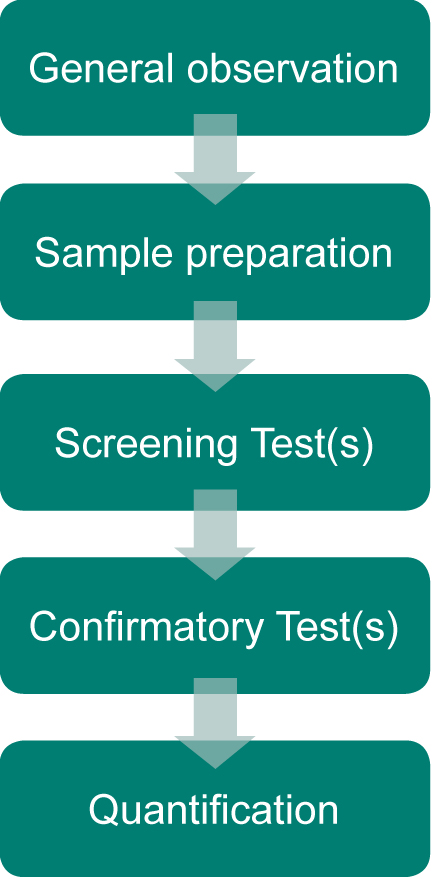
Figure 2: General analytical workflow for controlled drugs analysis

Figure 2: General analytical workflow for controlled drugs analysis
1. General observation: Visually similar samples (eg, tablets or capsules with the same shape, colour and size) are grouped together. Their physical form, weight and packaging are documented. Wet samples are dried in an oven, and the weight of the dried sample recorded.
2. Sample preparation: Often, only part of the submitted items are sampled for analysis (Refer to Key Concepts in Controlled Drugs Analysis for more information on sampling). The sampled items are pulverised and homogenised using a mortar and pestle, followed by a blender (if necessary). For bulk specimens, representative sampling of the homogenised sample can be conducted using the coning and quartering method where the sample size is reduced systematically until the desired weight is obtained. Depending on the types of tests, the samples may either be analysed in its untreated form or first extracted with suitable solvents.
3. Screening tests: The homogenised samples are subjected to microscopy, colour tests, microcrystal tests and/or thin layer chromatography to screen for the presence of controlled drugs. Results from these tests are presumptive in nature and must be confirmed using more specific confirmatory techniques. For cannabis samples, besides confirmatory chemical tests to detect major cannabinoids, the vegetative material is examined macroscopically and microscopically for biological features such as glandular hairs (trichomes) and the flowering and fruiting tops of the female cannabis plant.
4. Confirmatory tests: Gas chromatography coupled with mass spectrometry (GC-MS) is commonly used to identify the controlled drugs. Other confirmatory techniques include liquid chromatography-mass spectrometry (LC-MS), Fourier Transform infra-red spectroscopy (FT-IR) and nuclear magnetic resonance spectrometry (NMR).
5. Quantification: Quantitative analysis is performed for drug trafficking cases to determine the amount of controlled drugs in the sample. Laboratory protocols and legal requirements dictate the specific number of test samples drawn from the homogenised bulk for quantitative analysis of the controlled drugs by techniques such as liquid chromatography-diode array detection (LC-DAD), gas chromatography-flame ionisation detection (GC-FID), or GC-MS with Selected Ion Monitoring (SIM). The weight of the controlled drug present in the sample is calculated from the quantitation results obtained from the test samples. A point to note is that the weight and homogeneity of the bulk specimen, representative sampling and the weight of the analysed samples are critical factors since analytical results need to be scaled back to the bulk specimen to infer the total amount of controlled substance present.
Analysis of Urine Specimens: According to the MDA, a urine specimen is divided into three parts during collection: one for preliminary urine testing by law enforcement agencies, and two for confirmatory testing by two different laboratory scientists. The preliminary urine test performed by law enforcement agencies is a presumptive screening test for drugs using immunoassay – a technique based on antibodies to detect specific drugs or their metabolites. Since immunoassays may yield false-positive results, any positive result is always considered tentative until confirmed by more specific laboratory techniques. If submitted to the laboratory, the remaining two parts of urine specimens are put through both presumptive screening tests using immunoassays, and confirmatory tests based on GC-MS or liquid chromatography-tandem mass spectrometry (LC-MS/MS). The analysis of urine samples is more challenging than that of bulk specimens owing to lower concentration of the drug, “dirty” urine matrix, detection of metabolites, chemical or enzymatic hydrolysis of conjugated metabolites, chemical derivatisation for many of the drugs, and less straightforward interpretation of findings.
Challenges in Controlled Drugs Analysis and Interpretation
As discussed earlier, the analysis of controlled drugs in bulk or in urine specimens generally follows well-established and routine testing methods. The main challenges lie in the interpretation of the results, especially when controlled drugs are detected in urine specimens. Some of these challenges are highlighted below.
Emergence of New Psychoactive Substances8
A variety of chemical analysis techniques can be used to identify NPS eg, GC-MS, LC-MS, FT-IR and NMR. However, all of these methods have their limitations eg, GC-MS may not be able to distinguish between different synthetic cannabinoids due to the presence of isomers (ie, compounds with the same chemical formula but different arrangement of atoms in the molecule) and physico-chemical similarities between compounds of the same class. It is also difficult to maintain a library of reference standards for the identification of NPS, given the rate at which new NPS are emerging in the market. This is compounded by the limited availability of commercial reference standards. Studies on the metabolism of NPS and their metabolites in biological specimens are currently limited.
Increased Prevalence of Health, Dietary and Sports Supplements
Could the identified controlled drug be attributed to innocuous sources other than the willful consumption of illicit drugs? This challenge is amplified by the increased prevalence of various types of health, dietary or sports supplements which can be purchased readily off-the-counter, from the internet or dubious sources. These products are usually not regulated. In the United States, controlled drugs and banned substances have been detected in hundreds of purportedly natural supplements.9,10
Interpretation of Morphine and Codeine Concentrations in Urine Specimens
Urine testing for opiate (eg, heroin, opium) abuse usually involves the detection of morphine and codeine. Interpretation of results is complicated by the fact that consumption of codeine, which is a common ingredient in cough preparations, and illicit abuse of opium and street heroin both lead to the urinary excretion of morphine and codeine.
Local Cases Involving Controlled Drugs
Controlled drugs analysis is often associated with the examination of bulk specimens from drug seizures and urine specimens from drug abuse suspects. Other types of evidence submitted for drugs-related cases include the following:
Controlled Drugs and Urine on Pants
During collection of urine specimens at CNB, drug abuse suspects have tried to evade detection by wetting their pants instead of urinating into the bottles. Our experts examined these garments for the presence of urine and controlled drugs. In one of the cases, a mixture of morphine, methamphetamine and codeine was detected on the damp shorts and underwear. In another case, mono-acetyl morphine, morphine and codeine were detected on the damp shorts and jeans.
Controlled Drugs in a Sports Supplement
TFEG was engaged to provide consultancy on whether medications prescribed to our client contained methamphetamine or compounds that could metabolise to methamphetamine. Our findings indicated that the prescribed medications were not the source of the methamphetamine detected in her urine specimens. After the client mentioned that she consumed health, dietary and sports supplements daily, TFEG requested for a list of these supplements. One of the sports supplements was analysed and found to contain methamphetamine.
Chemicals and Devices Associated with Growing Cannabis Indoor
It is not uncommon to find gas cylinders, measuring devices and unknown liquids in locations suspected of illegal growth of cannabis plants. In a case where evidence was recovered from a private apartment in Singapore, our expert determined the contents in the gas cylinder, functionality of the measuring device, and chemicals in the unknown liquids. Our findings were useful in assisting the investigator establish the suspect’s intent to grow cannabis indoors.
Examination of Packaging Materials, Example, Plastic Straws and Bags
Drugs are often packed in re-sealable plastic bags, plastic straws or other packaging materials for trafficking. Plastic bags, newspapers, and adhesive tapes such as duct tape and electrical tape are commonly used to wrap drug packages, which are then concealed in inconspicuous parts of vehicles, and modified suitcases with hidden compartments. Locally, our experts pioneered the forensic examination of manufacturing marks11 on mass-produced packaging products. One case involved drug evidence in straw sections recovered from two suspects who insistently denied association with each other. However, our analysis revealed that the packaging materials containing the drugs originated from the same source. Such evidence plays a crucial role in linking suspects, especially when packages are empty or have no DNA evidence.
Reconstruction of a Drug Trafficking Case12
Five Nepalese and three South Koreans were arrested in 2009 on suspicion of roles ranging from drug couriers to drug associates and drug coordinators. Shoes, shoe polish, shoe brush, masking tape and other physical evidence were recovered from the rooms occupied by the two groups of nationals in different hotels. Our expert reconstructed the sequence and manner by which the drugs were packed, transferred and repacked in the shoes worn by the suspects, thus providing evidence associating the various suspects to the different locations, their relationship with one another and the roles they played in the international “master plan”.
Conclusion
Due to the heavy penalties imposed on drug consumption, possession and trafficking in Singapore, it is of paramount importance that the analysis of evidence associated with drugs-related cases be accurate, reliable and robust. Although the analysis of controlled drugs in bulk and in urine specimens generally follows well-established and routine methods, stringent quality assurance of the processes, and sound interpretation of the findings must be emphasised. The drug analyst should be mindful that positive results may not be solely attributed to the illicit use of controlled drugs. The ease of availability and prevalent use of health, dietary and sports supplements from dubious and unregulated sources, and the emergence of new psychoactive substances increases the challenge in the interpretation of drug findings. Despite the technical challenges, the social ramifications and stress on families of suspected drug abusers require that investigations and analysis be conducted in an effective and timely manner.
What’s Next?
The general concepts and principles behind the analysis of unknown chemicals and materials, forensic toxicology, controlled drugs are also applicable to the analysis of counterfeit drugs. Look out for the next article “Counterfeit Drugs and Medical Devices” in the Forensic Science Series. The article addresses the science behind the discipline, and the methodology commonly adopted for examining and reporting on cases involving counterfeit products.
► The Forensic Experts Group*
E-mail: [email protected]
* The Forensic Experts Group (“TFEG”) is Singapore’s first one-stop private and independent provider of forensic consultancy, analysis, research, training and education for legal and law enforcement agencies, forensic and tertiary institutions, and private organisations. It comprises a team of accomplished and innovative forensic scientists, who are combining 75 years of specialised knowledge, unique experience and skillsets to deliver high quality forensic services both locally and overseas. While leading the Criminalistics Laboratory and the Forensic Chemistry & Physics Laboratory at the Health Sciences Authority from the mid-1990s, TFEG’s forensic scientists developed advanced instrumental techniques for the detection and identification of a wide spectrum of chemical substances in diverse forms and matrices. www.forensicexperts.com.sg.
Notes
1 http://www.forcon.ca/learning/drug_abuse.html.
2 http://www.sana.org.sg/about-us/history/#tab_573ab4a517307_tab2.
3 Central Narcotics Press Release. 15 February 2016.
4 http://www.cnb.gov.sg/drugs/bannedsubstance.aspx.
5 ASCLD/LAB Policy on Sampling, Sampling Plans and Sample Selection in the Drug Chemistry Discipline.
6 Scientific Working Group for The Analysis of Seized Drugs (SWGDRUGS) Recommendations.
7 Singapore Law Gazette, Mar 2016. “Unknown Chemicals and Materials. A Primer for Lawyers” http://www.lawgazette.com.sg/2016-03/1535.htm.
8 United Nations Office on Drugs and Crime. The challenge of new psychoactive substances. 2013.
9 A methamphetamine analog (N,a-diethyl-phenylethylamine) identified in a mainstream dietary supplement. Pieter A. Cohen, John C. Travis, Bastiaan J. Venhuis, Drug Testing and Analysis, Volume 6, Issue 7-8, Pages 805-807, July-August 2014.
10 American Roulette – Contaminated Dietary Supplements. Peter A. Cohen. The New England Journal of Medicine 2009; 361:1523-1525.
11 Singapore Law Gazette. Oct 2015. Damage and Marks. A Primer for Lawyers. http://www.lawgazette.com.sg/2015-10/1411.htm.
12 http://www.cnb.gov.sg/newsroom/archive/archive_details_2009/09-08-30/An_approximate_2kg_of_Heroin_No_4_seized_in_operation_by_CNB.aspx.
